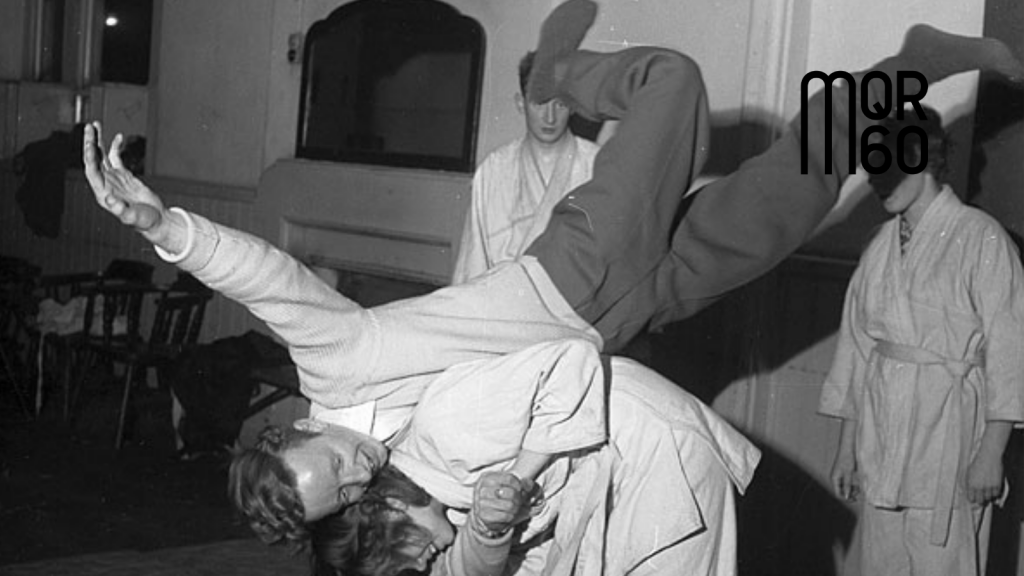Mary Gaitskill: The Woman Who Knew Judo
I’ve often heard that a story’s ending should change the way the reader sees everything that has led to that point. It’s the moment when the story’s pieces snap into place, when all the seemingly unrelated scenes become unified in the climactic light.
Mary Gaitskill: The Woman Who Knew Judo Read More »
I’ve often heard that a story’s ending should change the way the reader sees everything that has led to that point. It’s the moment when the story’s pieces snap into place, when all the seemingly unrelated scenes become unified in the climactic light.







